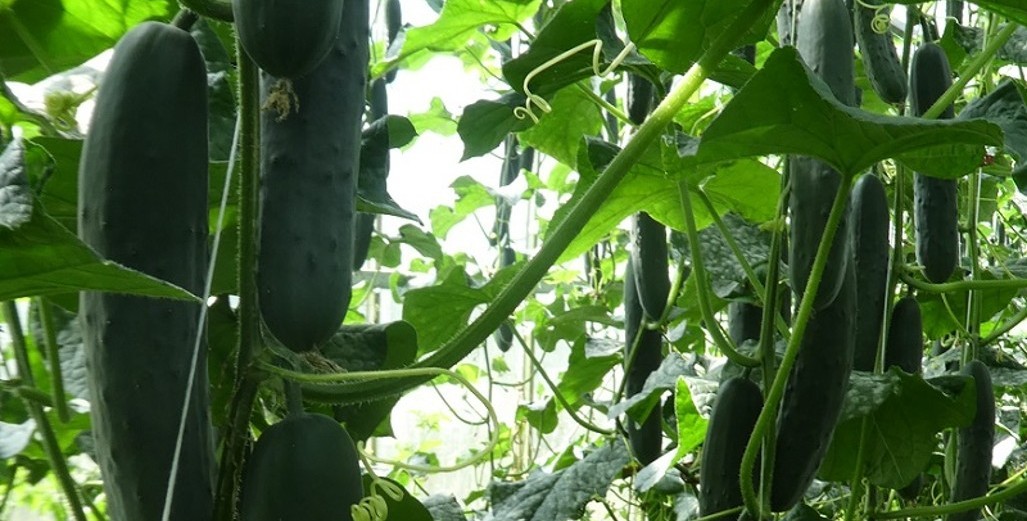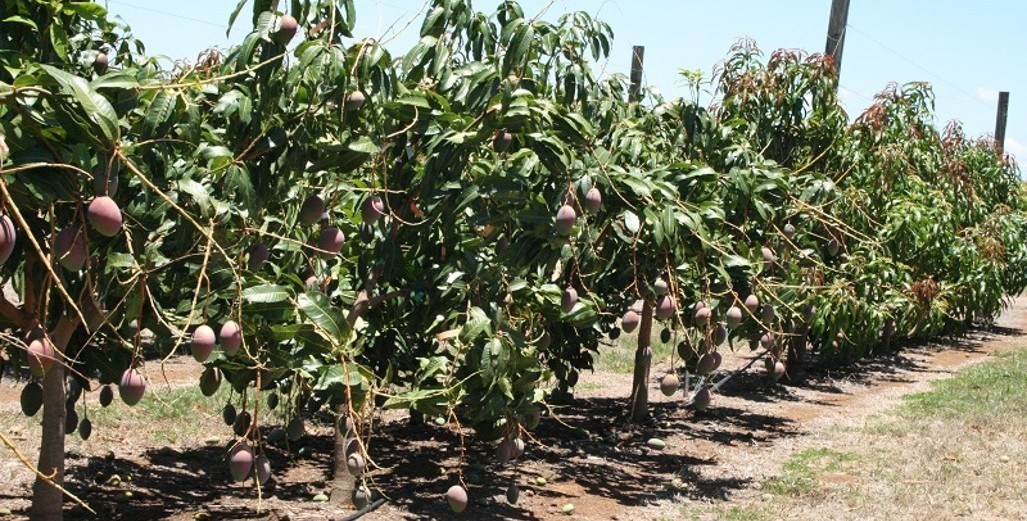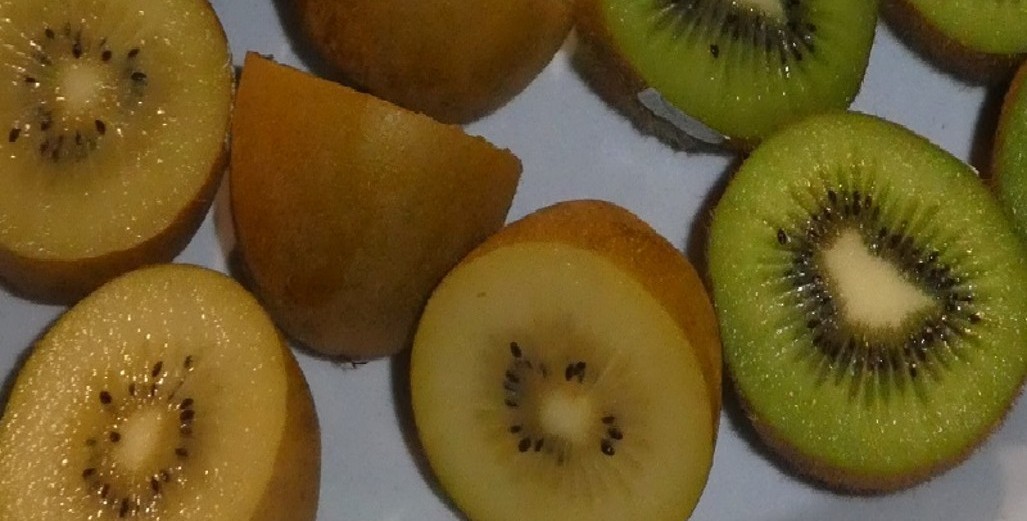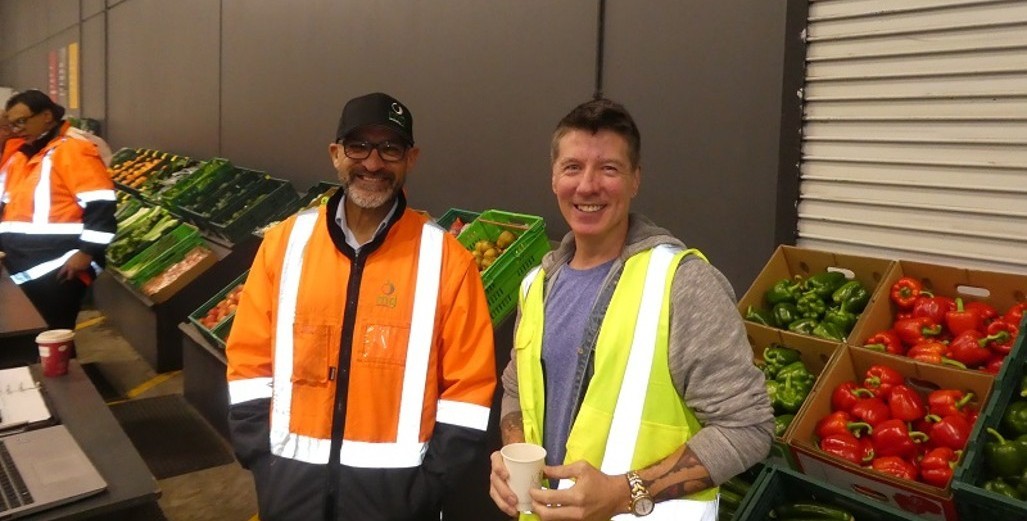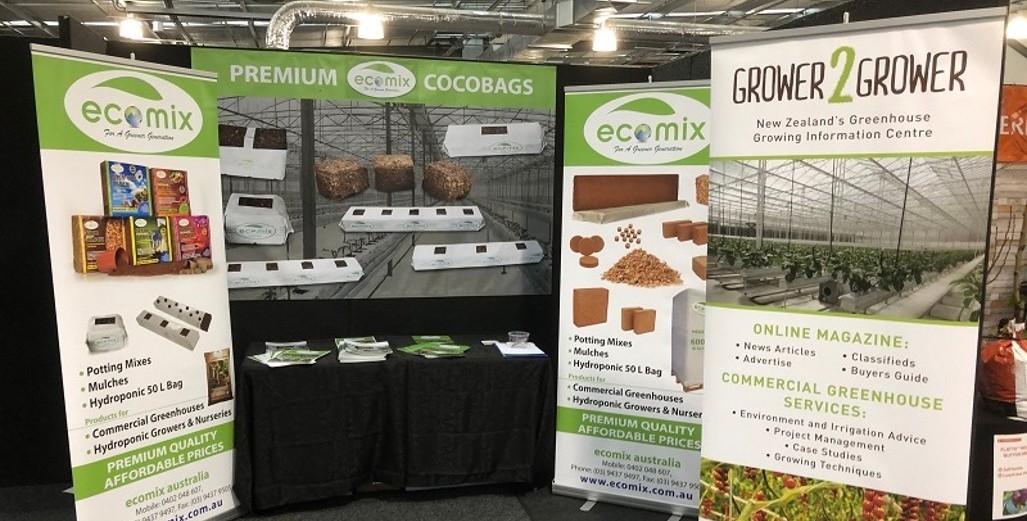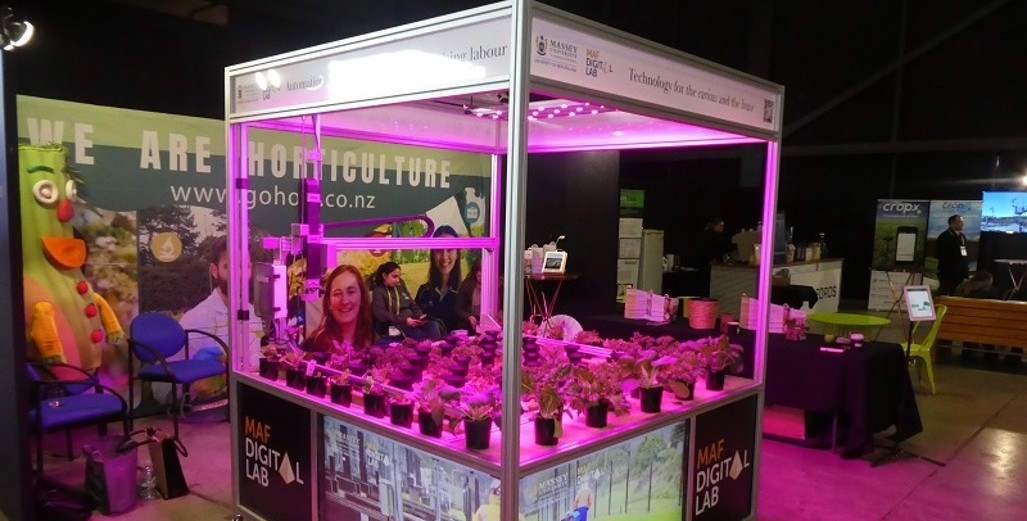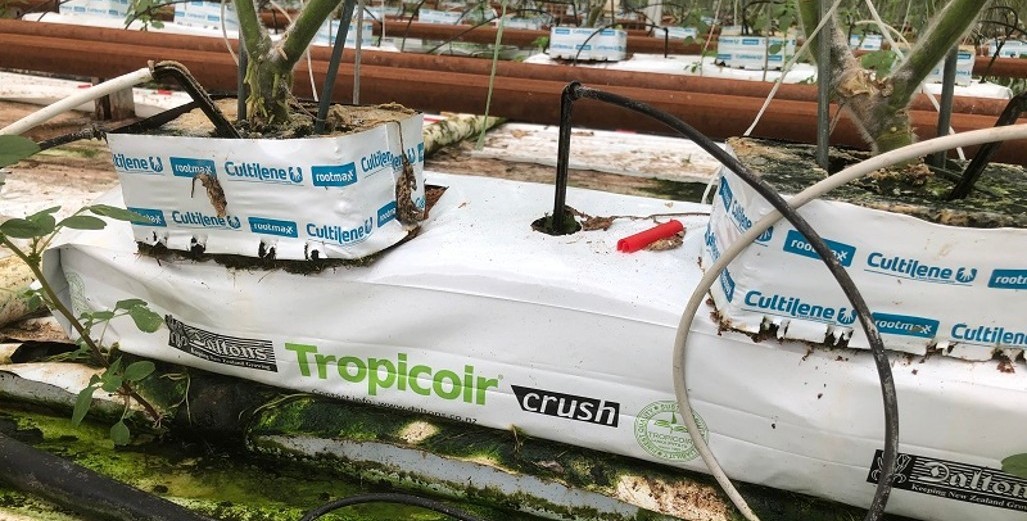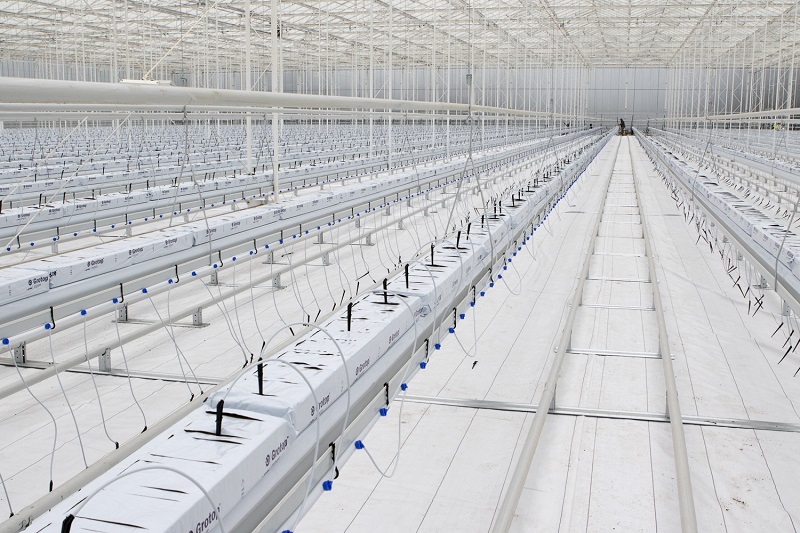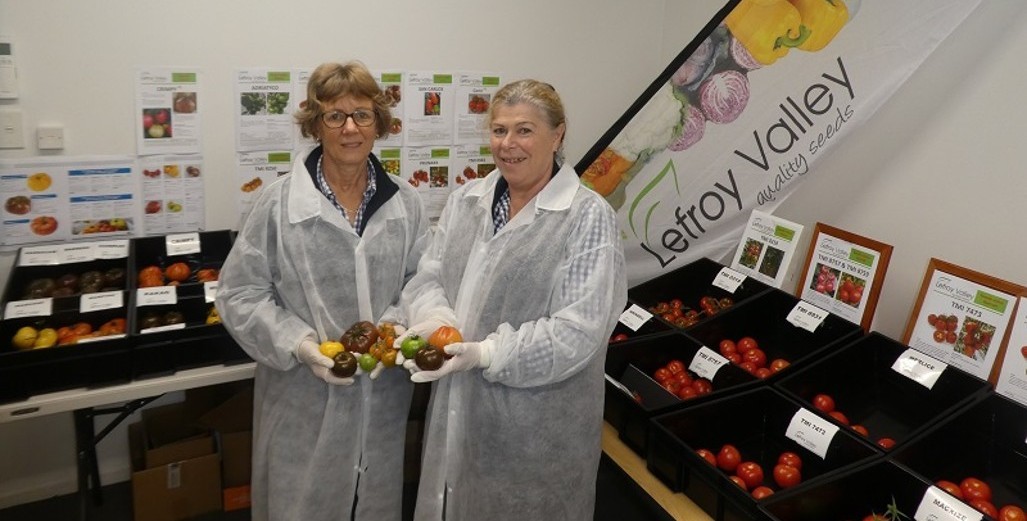Management Information System
Efficient labour, higher yields and a growing company: how can you make this happen in your horticultural enterprise? The solution is simple: a practical system that provides insight into your growing processes, your employees’ productivity and the volume and quality of your production.
The amount of flexible and seasonal workers has increased considerably over the past years. Nowadays, labour costs make up 20–30% of the total costs of horticultural companies. That is why it is very important to have control over the labour costs within your company. It all starts with insight into those costs. Insight increases the predictability of labour costs and allows you to better assess the effectiveness of your labour and with a cost item as large as labour, predictability and insight will give you peace of mind.
But does such a solution already exist that you can take advantage of? Of course, and a lot of growers are already taking advantage of the benefits.
With an FS Performance system, we see lower labour costs thanks to optimum labour planning based on the productivity and quality of your employees. We have motivated employees as they have insight into their own performance, and that of their colleagues. We can compare crops and compartments across the site in real-time with access to up-to-date information about all processes, wherever you are and best of all, less administration with easy data entry via PC or smartphone.

With the Priva FS Performance management information system, you can set up an accurate production forecast. Naturally, you can adjust the labour schedule accordingly. This not only saves money, but is also more convenient than entering data into excel or taking notes on pieces of paper. In this way, you have a handle on every process in your company from planting to harvest. For a good quality harvest. It is important that you have an insight into the growing conditions and the development of your crop as it gives you the tool to manage it better. Priva FS Performance offers you a clear insight into the growth and development of your crops. The system also allows you to easily register pests and diseases, which you can display on a map of your company. Priva FS Performance gives you real-time insight into the production forecast and the actual production per crop. In this way, you can quickly see what the situation is and what growing aspects you may need to adjust.
Clear dashboards allow you to see all the information on company processes, labour and crops. The system is flexible, allowing you to configure any desired combination of information. This helps you identify trends and differences and allows you to make well-informed decisions about your business operations, in real time.
Data entry is a breeze with registration via the Priva FS Reader however, there are various options for registering labour and production. Our Priva FS Reader is demonstrably the most commonly used solution for this in the horticulture industry. Why?
- Registration takes little time
- Easy to use
- Fewer input errors thanks to immediate feedback
- Wireless and rechargeable devices
- Specially designed for the horticulture industry, therefore resistant to dirt and water
Registration with smartphones is also possible if you would prefer your employees to use smartphones to register their work. With the Personal Registration App, employees can register their activities with their own phone. The app offers the same functions as the Priva FS Reader and communicates with the server via your local company network or over the Internet, ensuring you are in control.
If you want to know how to take advantage of FS Performance like many other Horticultural companies to track your labour performance, crop yield and reduce administration costs, or if you simply want to learn more about how this could be a solution to an issue you are facing, reach out to Advanced Hort, your local Authorized Priva dealer for more details:

Article supplied by Nathan Hewson – Contact Nathan for more details.
Nathan Hewson
Managing Director
M: 027 378 5481
Office: 07 220 9639
E: nathan.hewson@advancedhort.co.nz
W: www.advancedhort.co.nz




